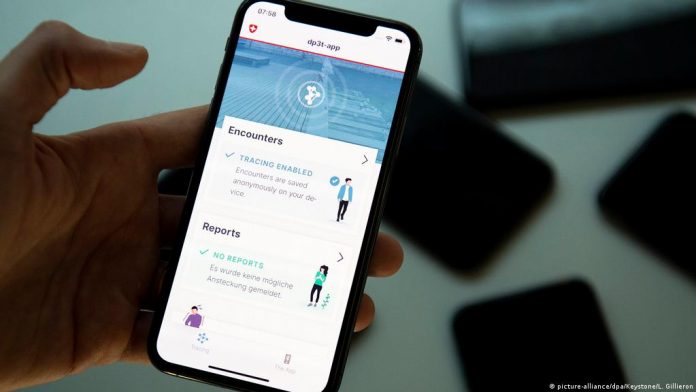Depression is a common, recurrent disorder which contributes to a substantial burden of disease. It is reported that up to 25% of the population experiences at least one episode of depression in their lifetime with more women affected by depression than men. First episodes of depression are seen as generally beginning during adolescence with up to 30% of young people experiencing mild subclinical depressive symptoms by 18 years of age and many progressing to major depressive disorder. New research shows that self-monitoring techniques can assist people to understand their mental health symptoms by increasing their emotional self-awareness (ESA) and can be easily distributed on mobile phones at low cost.
The Journal of Medical Internet Research has published an article by Sylvia Deidre Kauer, et al of the Royal Children’s Hospital & Murdoch Childrens Research Institute; “Self-monitoring Using Mobile Phones in the Early Stages of Adolescent Depression: Randomized Controlled Trial.” Dr Sophie Reid, the lead Investigator, and her associates, have found that the stepped-care approach, where people with early symptoms of depression are stepped up from low-intensity interventions to higher-level interventions as needed, has the potential to assist many people with mild depressive symptoms. In this context self-monitoring techniques assist people to understand their mental health symptoms by increasing their emotional self-awareness (ESA) and this can be easily distributed on mobile phones at low cost. Increasing ESA is viewed as an important first step in psychotherapy and has the potential to intervene before mild depressive symptoms progress to major depressive disorder.
In pilot studies by these researchers, young people were asked to monitor their mood, stress, and daily activities on a mobile phone application 4 times a day for 1 week. The results suggested that young people complied with self-monitoring of mental health symptoms for the purpose of reviewing these data with their GP and found it a simple, easy-to-use tool to track their daily experiences. It was found by both GPs and patients that communicating information via the mobiletype program was beneficial, and the program enabled GPs to better understand the young person’s mental health. This self-monitoring data can be uploaded to GPs and used to detect depressive symptoms and other mental health information in order to allow progression to further higher-intensity intervention if needed. Self-monitoring approaches are often used in psychotherapy as an adjunct to cognitive behavioral therapy, with research demonstrating that self-monitoring increases the benefits of therapy more than therapy alone.
In this research two main hypotheses were tested: “(1) people who monitored their mood, stress, and coping strategies would have increased ESA from pretest to 6-week follow-up compared with an attention comparison group, and (2) an increase in ESA would predict a decrease in depressive symptoms.” This study has supported the hypothesis that self-monitoring increases ESA, which in turn decreases depressive symptoms for young people with mild or more depressive symptoms. Mobile phone self-monitoring programs have been found to be ideally suited as first-step intervention programs for depression in the stepped-care approach. It has been demonstrated that self-monitoring itself can lead to a change in behavior and that changes are generally made in a favorable direction.








